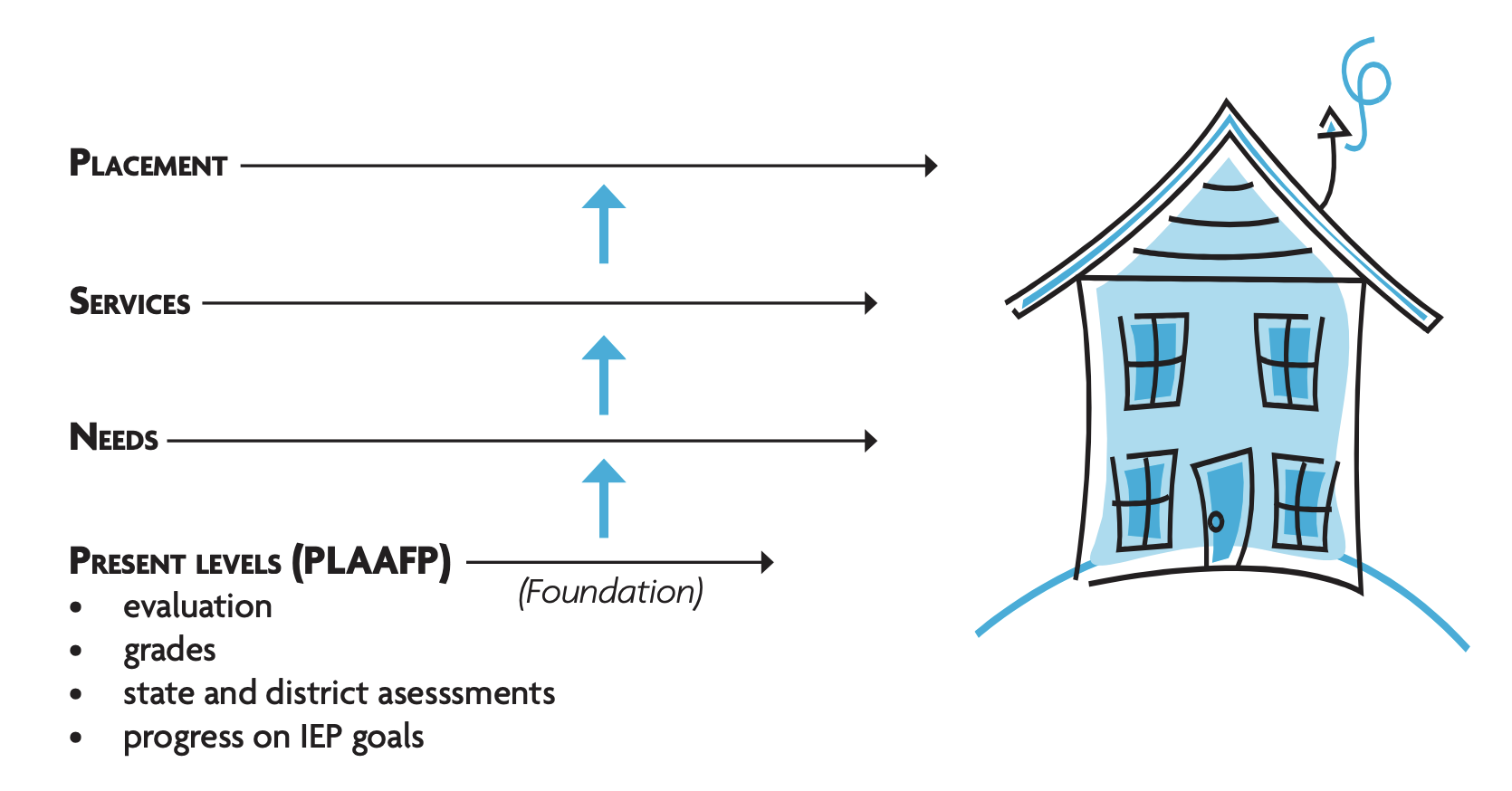
Parent Action
Prior Written Notice and Parental Consent/Objection
School districts are required to write up an IEP proposal and send it to you within a reasonable time following your IEP team meeting, but neither IDEA nor Minnesota special education laws specify an exact number of days to satisfy this requirement. In Minnesota, a reasonable time is generally and in practice a couple of weeks.
You will receive two forms along with the IEP proposal. One is a Prior Written Notice (PWN) which describes what the school proposes or refuses to do. It is given to you “prior to” or before the proposed IEP goes into effect. If the PWN only includes a refusal of a significant change to your child’s IEP that you requested, it must be sent or given to you within 14 calendar days of your request. The school district is required to document the following on the PWN:
- The actions proposed or refused by the school district
- An explanation of why each action is proposed or refused
- The sources of information which are the basis for the actions proposed or refused by the school district
- Other options considered by the school district and an explanation of why those options were refused
- Additional factors that are relevant to the school district’s proposed or refused actions
The PWN must also state that you have protection under the procedural safeguards in IDEA, explain how you can get a copy of these procedural safeguards, and provide you with contact information for organizations such as PACER Center who can be a resource to you in helping you to understand what the PWN means.
The school is required to write the PWN in language that’s understandable to the general public, provide it in your native language or other mode of communication you may use, and translate the PWN for you orally or by other means if your mode of communication is not a written language.
You will also receive a Parental Consent/Objection form, which informs you of your right to consent or object in writing to the school district’s proposed or refused actions.
If the school is proposing an initial IEP, they cannot start providing special education services to your child without your written consent.
As to all IEPs except for the initial IEP, the school may implement the proposed IEP unless you object in writing within 14 calendar days of the date the PWN was sent to you. If you don’t respond in writing to a PWN within 14 calendar days, your consent to the proposed IEP will be implied.
After reviewing the school’s IEP proposal for your child, if you have concerns that the school’s IEP proposal does not meet your child’s educational needs, you can check a box on the Parental Consent/Objection form to document your objection and request a conciliation conference or a meeting with appropriate members of the IEP team. The Individuals with Disabilities Education Act prohibits the school district from using your refusal to consent to one service or activity to deny you or your child attending public school any other service, benefit, or activity of the school district. Most forms include a space where you can explain the specific parts of the IEP proposal that you object to, but you could also attach your objections in a separate document. Then sign, date, and return the form to the school staff person indicated on the form within 14 calendar days.
A conciliation conference and a meeting with appropriate members of the IEP team have the same purpose. Both provide you with the opportunity to meet with school staff to resolve your objections to the IEP proposal. If after multiple meetings you and the school cannot reach agreement on an IEP for your child, you may want to consider requesting a Facilitated Team Meeting or Mediation to resolve the dispute. For more information about these and other dispute resolution options and assistance with choosing the most appropriate process to resolve your disagreement with the school, contact your IEP case manager, PACER Center, or the Minnesota Department of Education. If you’ve consulted with a PACER parent advocate prior to a conciliation conference, facilitated team meeting, or mediation, you may request they attend.
Both the PWN and Parental Consent/Objection form should also be used for other kinds of school proposals – such as a proposal to conduct a special education evaluation of your child, or school refusals to take specific actions – such as a refusal to provide a service that you’ve requested. For more detailed information about federal parental consent requirements and federal and Minnesota-specific Prior Written Notice requirements, see 34 C.F.R. §§ 300.300; 300.503 and Minn. R. 3525.3600.
Parents Need to Know
- If the school sends you a PWN by regular mail, the postmark on the envelope –not the day you receive the envelope in your mailbox– indicates the start of your 14 calendar-day timeline to review an IEP proposal. If the school emails you the PWN, the date stamp on the email indicates the start of that timeline. In other cases, the day the school hands you the PWN or sends it home in your child’s backpack is the start of the 14 days.
- Use your 14 days wisely. IEP proposals are full of special education terminology that takes time to learn, but you have the right to informed consent. If there’s anything about the school’s IEP proposal that you don’t understand, contact the IEP case manager and get the explanations you need so you can make an informed decision to consent or object.
- Know Your Parental Rights: The Meaning and Importance of Prior Written Notice and Parent Consent
Learn more about how parent rights and responsibilities are essential parts of the special education process and the education of a child with a disability. - Minnesota Due Process Options: Resolving Differences Through the Special Education Process
Learn more about all of the options available in Minnesota to resolve special education disagreements.
IEP Accountability
The IEP is a written statement of specific special education and related services that will be provided to your child. The school must make a good faith effort to help your child achieve the goals and objectives written into the IEP by providing those services.
Each regular education teacher, special education teacher, related service provider, and other service provider who is responsible for providing the services for your child must have access to the IEP. All must be informed of their specific responsibilities for providing a service, accommodation, modification, or support for the student or staff.
IEP Review and Revisions

Although all teachers and service providers must know and provide specific services for your child, there is no guarantee that your child will make progress at a planned rate. If you think your child is not making appropriate progress, you may request a meeting to ask for revisions to your child’s IEP or use other due process procedures.
A new IEP must be written at least annually. In addition, a revised IEP must be written whenever significant changes in a student’s program or placement are needed. Reasons may include:
- Accomplishment of one or more IEP goals
- Insufficient progress on one or more goals
- Insufficient progress in the general education curriculum
- Availability of new evaluation information
- Availability of new information from parents to share with the IEP team
- Need for a change in the site or setting where the child receives special education instruction
- Change in the amount of special education needed to accomplish goals or objectives
- Team determination of a need for certain intervention procedures
Any time an IEP is revised, parents should request a new copy from the case manager.
In Summary (of Entire Guide)
Because the special education process may seem complicated, it can be helpful to compare it to the building of a house. Just as the building of a house follows a logical order, beginning with a foundation and ending with the roof, so does the building of a special education program.
Your child’s special education program is built from the foundation of a thorough examination of your child’s present levels of academic achievement and functional performance (PLAAFP). The PLAAFP statement describes your child’s educational needs gathered from sources, including special education evaluations, school assessments, progress on current IEP goals, and regular education grades. The PLAAFP will identify your child’s identified educational needs, like the first floor of a house. This floor supports the second floor, appropriate services, to meet your child’s needs. Once appropriate services have been determined, the IEP team can select the placement (special education and related services provided in the least restrictive environment) to meet your child’s needs. It’s the final piece of the building process, the roof that caps off the “house” of your child’s special education program. Your child can receive the free appropriate public education (FAPE) to which they have a right when the IEP team follows this logical progression.

Additional Section: Who Is On My Child's IEP Team?
